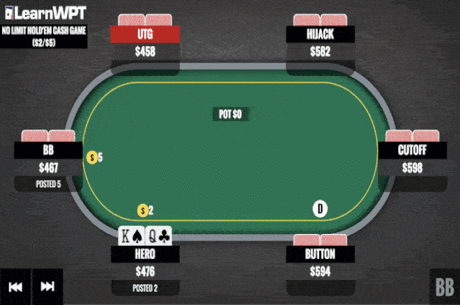Pros and Cons of the Minimum Raise

Earlier this week, Igor Kurganov outlasted an 86-entry field to win the PokerStars Championship Barcelona �50,000 Super High Roller and earn a seven-figure score.
While on his way to that victory, Kurganov took time to review some strategy with PokerNews and addressed the pros and cons of min-raising in no-limit hold'em, both before and after the flop.
A minimum raise or "min-raise" is exactly what it sounds like �� a raise for the minimum amount allowed.
Min-raising before the flop means making an opening raise worth exactly two big blinds (the least possible). Tournament rules vary, but a minimum reraise (typically) would be another raise by the same amount previously raised.
After the flop, a min-raise would be twice the opening bet. So �� as Kurganov gives as an example �� following a bet of 10, a min-raise would be to 20.
Kurganov begins here addressing postflop min-raising, pointing out that a big negative against min-raising after the flop is that by doing so a player will usually give an opponent very good pot odds to call.
Say there is 20 in the middle when a player bets 10 (half the pot), then the other player min-raises to 20. The first player only has to call 10 more to continue, and the pot at that point is 50. That's 5-to-1 pot odds (betting just 10 for a chance to win 50), which often will "price in" a lot of hands.
Kurganov agrees how that becomes an argument against min-raising, especially when players have relatively deep stacks.
However, he points out that "the situation changes a little bit when you're playing with very short stacks," giving an example from a tournament where a min-raise can be more difficult for a player to call since even that small amount represents a significant percentage of a player's stack.
Position likewise is a factor affecting whether or not min-raising is a good idea.
Finally Kurganov addresses the preflop min-raise, which unlike postflop is much more often a good choice. Take a look:
For more discussion of postflop min-raising that addresses reasons why it is often not a good idea, check out Robert Woolley's article "When the Minimum Raise is Maximally Wrong".









